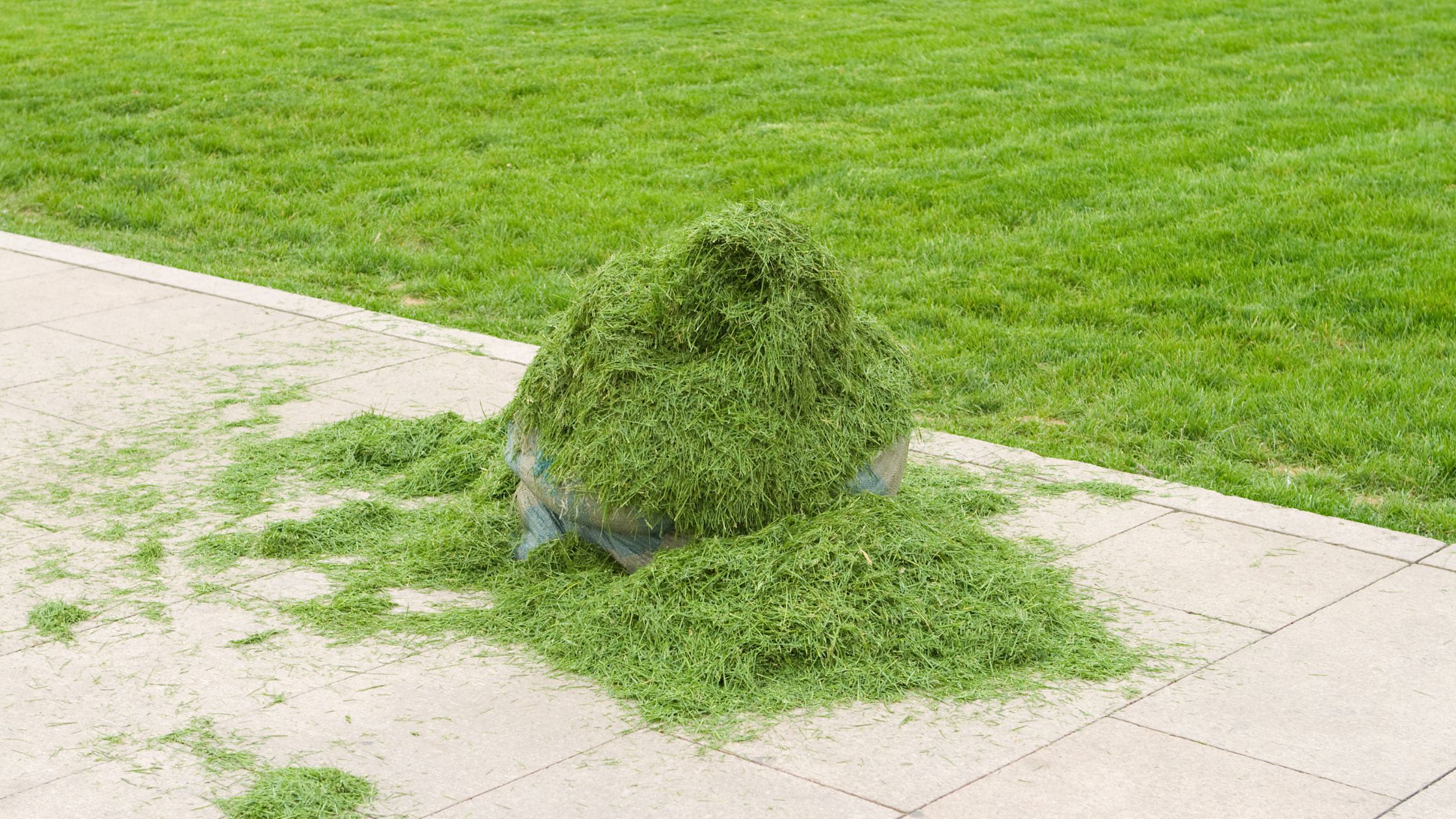
Should You Leave Grass Clippings or Bag Them in June?
In most cases, you should leave grass clippings on the lawn in June. Mulching clippings returns nutrients to the soil, helps retain moisture, and supports a healthy lawn—especially during hot summer months. The exception? If the grass is wet, diseased, or overly long.
Should You Leave Grass Clippings or Bag Them in June?
Introduction
As mowing season hits full swing, you might be wondering: Should I bag my clippings or leave them on the lawn? This is especially important in June, when grass is growing fast, and the weather is heating up.
The short answer? Mulch whenever possible. Leaving clippings in place is not only easier—it’s better for your lawn’s health. Let’s explore why, when you should bag, and how to do mulching the right way.
1. Why Mulching Grass Clippings Is Better in June
June is a prime growth month for lawns in regions like Northeast Ohio. Here’s what leaving clippings does for your turf:
-
Feeds your lawn naturally: Clippings break down quickly and return valuable nitrogen and organic matter to the soil.
-
Retains soil moisture: Mulched clippings act like a natural mulch layer, helping the soil hold onto water during hot, dry days.
-
Saves time and effort: No bagging, dumping, or hauling debris—just mow and go.
According to turf experts, clippings provide up to 25% of your lawn’s yearly nitrogen needs if returned regularly.
2. When Should You Not Leave Clippings?
While mulching is best most of the time, there are a few scenarios when bagging is the smarter move:
-
Wet or clumpy grass: Clumps can smother the lawn and invite fungal issues.
-
Heavy overgrowth: If the lawn was overdue for a cut, clippings may be too long to break down quickly.
-
Diseased areas: Bagging helps prevent spreading fungal spores or pests to healthy grass.
🌧️ After a stretch of rain, consider bagging one mow to avoid matted clumps.
3. How to Mulch Clippings Effectively
For best results, follow these mulching tips:
-
Mow regularly—ideally every 5–7 days in June.
-
Follow the ⅓ rule: never cut more than one-third of the grass blade at once.
-
Use a sharp mower blade to make clean cuts.
-
Equip your mower with a mulching blade or plug to chop clippings finely.
✅ Tip: If your mower leaves rows of clippings, overlap your mowing paths or go over problem spots a second time.
4. The Environmental and Cost Benefits
Leaving clippings isn’t just good for your lawn—it’s good for the planet and your wallet:
-
Reduces landfill waste: Grass makes up a big portion of yard waste sent to landfills each year.
-
Lowers fertilizer needs: Clippings are a free, natural fertilizer.
-
Decreases yard work: Less time spent emptying bags or hauling yard debris.
FAQ
Q: Do grass clippings cause thatch buildup?
No. Thatch is made of tougher stems and roots that decay slowly. Clippings are mostly water and soft tissue and break down quickly.
Q: Will mulching make my lawn look messy?
Not if done correctly. Fine, short clippings settle into the turf and are barely visible after mowing. Avoid mulching tall or wet grass.
Q: Can I use clippings in my garden beds or compost pile?
Yes! Dried clippings make great mulch or compost material. Just don’t use them if the lawn was recently treated with herbicides.
Q: What happens if I leave clumps of clippings behind?
Clumps can block sunlight, suffocate grass, and invite disease. Spread them out with a rake or mow again to break them up.
Q: Should I always mulch in summer?
Most of the time, yes. Mulching helps conserve moisture and nourish the lawn during hot months. Just avoid doing it when conditions are too wet or the grass is too long.
Conclusion
In June, mulching your grass clippings is one of the best things you can do for your lawn. It’s efficient, eco-friendly, and helps your grass stay healthy through the summer heat.
Bag only when you have to—otherwise, let the clippings work for you.
If your lawn needs a tune-up, help getting back on a healthy schedule, or you’re due for a professional mow with proper mulch equipment, we’re here to help.




No Comments
Sorry, the comment form is closed at this time.